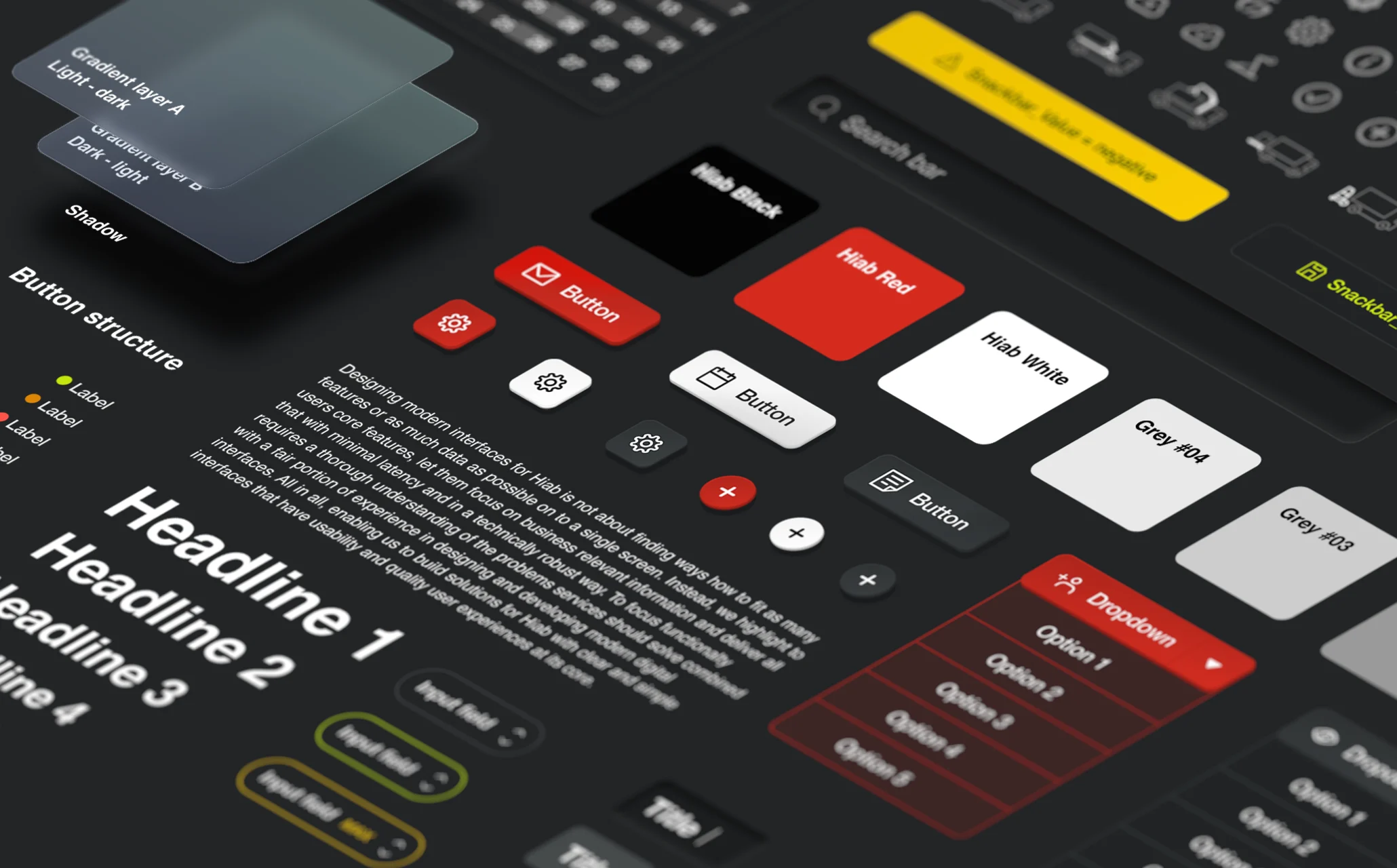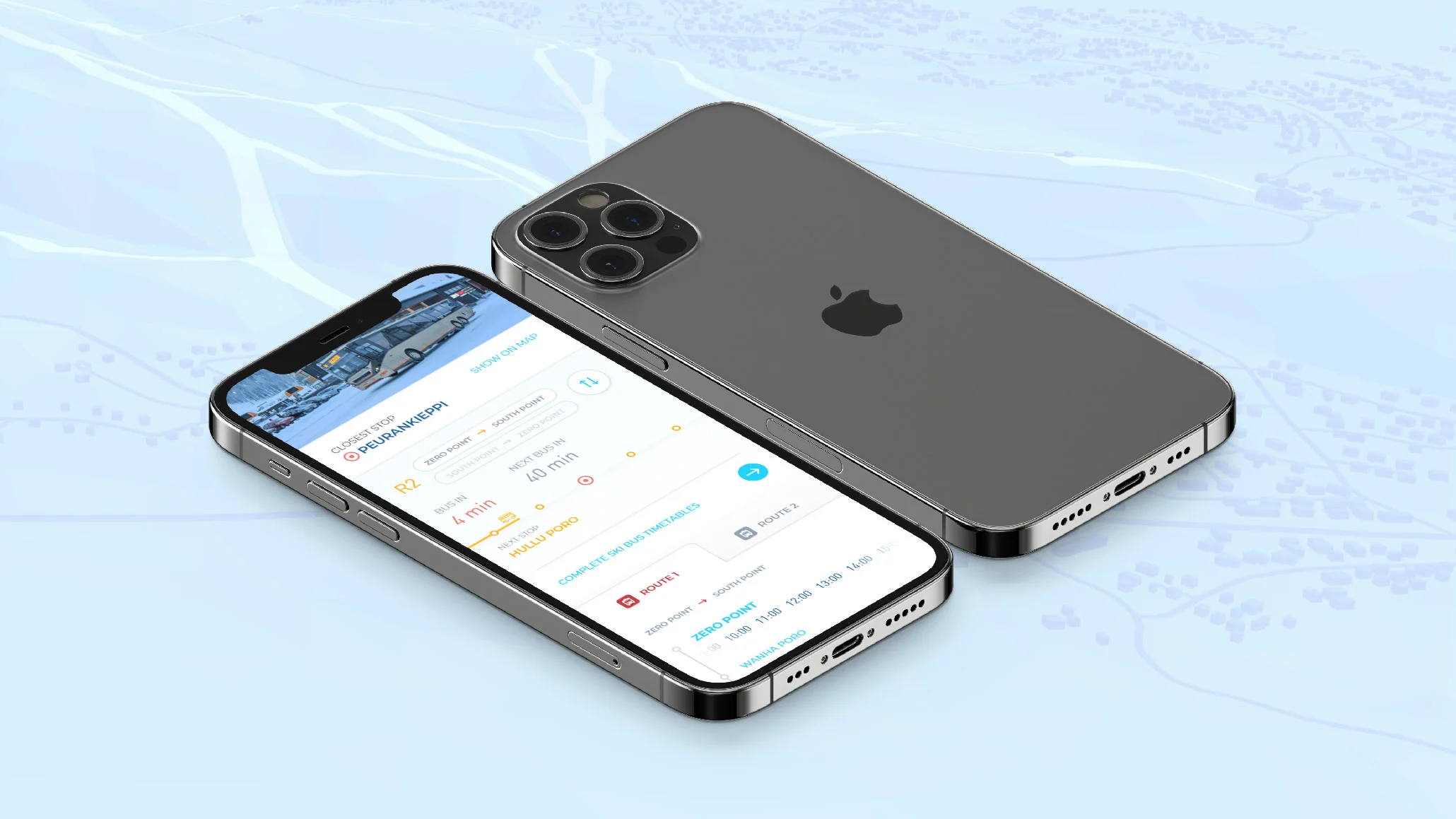Harnessing data for business development
Informed decision-making, better customer experience, increased profitability – data can be a business developer’s best friend. Let us show you, how.

Data has not only a significant but also an ever-increasing role in the life cycle of service and product development. When starting with a new project, it is worth starting with the data definitions: What kind of data is needed in order to evaluate the effectiveness of the outcome? The definition process is the lifeblood of success in developing with data because data serves completely different things in different contexts.
For example, on a website, data can mean visitor analytics, while in industrial processes, equipment maintenance statuses. High quality data can be collected not only directly from devices and platforms but also, for example, by observing and interviewing users of a physical product or service. Customer research and user understanding – no matter how the data was collected – serve as the basis for everything in service design.
After collecting the data, it must of course be harnessed for use: data without interpretation and actions derived from it, is often worthless. Information collected from different data sources can be combined with automation and integration capabilities into comprehensive entities, from which the information can be visualized in easy-to-read and informative reporting views. In this way, decision-makers receive easily understandable insights for decision-making. When the groundwork has been done carefully, data offers a great bypass lane for continuous quality development, improving profitability and developing additional services.
Through our various customer projects, we have had the privilege to take part in multiple cases where data has played a significant role. Next, we will briefly showcase four different ways in which we have used data to develop our customers’ business.
Fact-based decision-making and preparation for the future
Business information is often found in many systems and the raw data is difficult to read. The first step is to compile the information from different devices and systems into one view so that valuable information can be produced both for the companies themselves and for their customers.
For a supplier of load handling solutions, Hiab, we built a management service enabling remote handling of devices. From the tool, Hiab’s customers see when the equipment needs to be serviced and how much it has been used. Sensors automatically create warnings, which helps the operator to get feedback on his work, anticipate risks, optimize the equipment’s maintenance needs, and improve general safety.
In addition to customer companies, the portal is useful for Hiab, which is able to check the condition and location of its equipment in real-time and prepare for future maintenance needs. Developing service quality and additional services is easy when device stocks can be viewed per customers or countries.

Qualitative data helps to identify bottlenecks
Information to support decision-making can also be acquired qualitatively. We observed our long-term client St1’s customers at gas station payment terminals to understand what problems they face. St1 had noticed that after changing the payment terminals, sales decreased. The goal was to define the pain points to improve the user experience of new payment terminals.
Our experts were on-site at gas stations and observed customer behavior and conducted customer interviews. Based on the data collected, it was validated that the decline in sales was really due to the payment terminals, and practical challenges contributed to the fact that customers carried their purchases through less. Based on the results, we gave suggestions for improvement, which made it possible for St1 to develop payment terminals and the payment experience going forward. The suggestions were prioritized according to their estimated business impact so that St1 could focus on critical development items.
Be smart about data collection
We make versatile use of integrations, automation, and artificial intelligence so that data processing is frictionless at all stages. The goal is to reduce manual work, maximize data quality and guarantee its reliable and safe transmission. For example, for the Confederation of Finnish Industries (EK), we created a solution that supports data collection automation. A crawler searches the web for news about the labor market and then collects and categorizes them according to relevance.
The Azure OpenAI service will significantly enhance EK’s work, as information critical to operations can be found reliably and can also be reported automatically. In the past, data acquisition and collection were done manually, which made the process not only slow but also prone to human errors.
Another example of the beneficial use of automation in data processing is a prediction tool we implemented for a domestic energy company, where an algorithm utilizing machine learning predicts spikes of energy use in institutional customers. The algorithm will create significant cost savings by balancing demand and avoiding the use of expensive control power during consumption peaks.
Better omnichannel customer experience
Data can be visualized in other ways than by compiling graphs and indicators on control boards in command centers. A good example is the ski center’s unique infographic solution, which enriches the visitor experience of ski resort visitors. With our long-term customer, Levi Ski Resort, we utilized existing IoT infrastructure and combined information from different sources to bring real-time data from ski slopes to the mobile application. The end users of the application get real-time information about, for example, their own and their friends’ location, weather conditions, the opening hours of the slopes and lifts, ski bus schedules, restaurants, and activities in the surrounding area, all directly visualized on a 3D map on their smartphones.

It’s become extremely effortless to collect data, and more of it is being collected today than ever before. In the whirlwind of growing competition, the winning companies are more often those who know how to extract insights relevant to their business from masses of data and translate them into targeted measures. Harnessing data and making it usable requires extensive groundwork, but at its best, data is the dearest friend of business development.
Would you like to use data to develop your own business? We can help!
Related content:

Transforming Business with Generative AI – Four Expert Insights

Empower Your Company with a Custom GenAI-Powered Search Engine

5 concrete examples of using GenAI search in business

AI knows what you need and orders it for you – buying is changing, here’s how

AI scores race days and optimizes Suomen Hippos’ trotting race calendar
